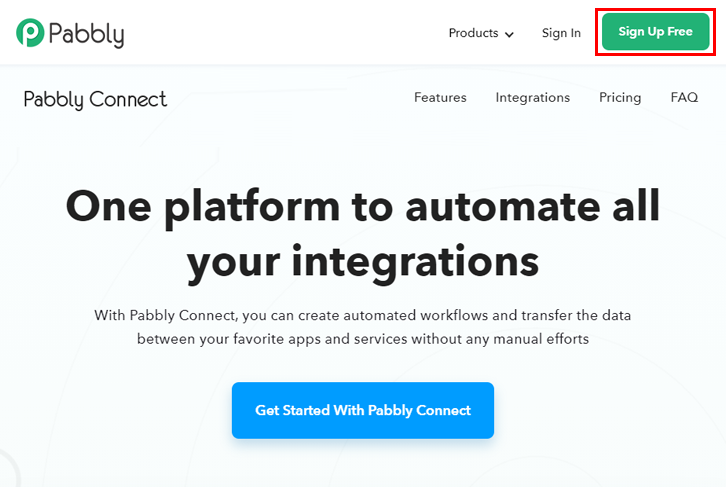What if we say that there is an easy way to create ClickUp task from new Gravity Forms response automatically?
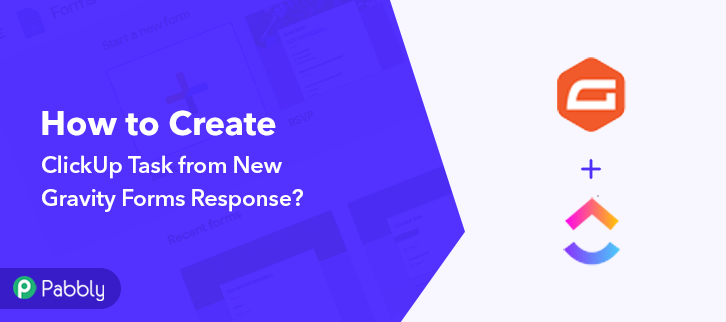
You might doubt that! But let us introduce to you the awesome and best integration tool named Pabbly Connect which not only puts a full stop on all the repetitive work but also offers great efficiency.
Now the question here is what is Pabbly connect? Basically, Pabbly Connect is an integration and automation tool that lets you connect different applications for data transmission without using a single line of code. In a few minutes, you can create automated workflows and transfer the data between your favorite apps and services without any manual efforts. Also, the software offers all premium features like path routers, filters, etc even in its free plan.
Why Choose This Method Of Integration?
In contrast with other integration services-
- Pabbly Connect does not charge you for its in-built apps like filters, Iterator, Router, Data transformer, and more
- Create “Unlimited Workflows” and smoothly define multiple tasks for each action
- As compared to other services which offer 750 tasks at $24.99, Pabbly Connect offers 50000 tasks in the starter plan of $29 itself
- Unlike Zapier, there’s no restriction on features. Get access to advanced features even in the basic plan
- Try before you buy! Before spending your money, you can actually signup & try out the working of Pabbly Connect for FREE
But before we move forward to the integration process, let’s understand both the services and the need of integrating them. Basically, Gravity Forms is a WordPress plugin used originally for contact forms, but in a more general sense, it allows site owners to create forms to collect information. Whereas ClickUp is a cloud-based collaboration and project management tool suitable for businesses of all sizes and industries.
By integrating these two services via Pabbly Connect, you can easily automate the task. Plus, this would be just a one-time setup. Later on, the data will automatically be transferred in real-time. Also, we have attached a video for the same, have a look at it-
Besides, we’ve provided a template for this integration to help you to commence more quickly. You can click on the image below to get started. Plus, you can go to Marketplace & look for more apps/integrations.
Hence, let’s start the process to integrate Gravity Forms with ClickUp.
Step 1: Sign up to Pabbly Connect
Begin the process to create ClickUp task from new Gravity Forms response by clicking on the “Sign Up Free” icon on the Pabbly Connect dashboard. Afterward, either fill-up the details manually or sign up using Gmail credentials.
Try Pabbly Connect for FREE
Further, after logging into the account, click on the “Access Now” button as shown in the above image. Begin the process of creating a workflow for integration by clicking on the “Create Workflow” button. Moreover, add the name of workflow which in our case is “Gravity Forms to ClickUp”. Although, you can always name the workflow according to your necessities. Following, after creating a workflow, you have to choose the integration app to create ClickUp task from new Gravity Forms response. Pabbly Connect permits you to build countless workflows within minutes, click here to sign up for unlimited integrations for free. The following step is to select “Gravity Forms” from the dropdown, then choose the “New Response” option to create a lead in Salesforce from the form response. The next step is to copy the webhook URL which is appearing on the dashboard. Now in order to connect Gravity Forms with Pabbly Connect, you need to paste the webhook URL in Gravity Forms. Proceed with the integration process by login into your Gravity Forms account. We are accessing Gravity Forms from the WordPress dashboard. Login to your WordPress account and then click on the “Forms” section. Simply select one of the forms, then click on its “Form Settings” as shown in the image. Next, click on the webhook option to paste the copied URL. Further, you have to click on the “Add New” button to paste the copied URL. After you click the button the webhook page will appear on your screen where you have to paste the URL. Just paste the webhook URL copied earlier and click on the “Update Settings” button. Now in order to check the Gravity Forms and Pabbly Connect integration, we are going to make a dummy entry in Gravity Forms. To test a trigger, hit the ‘Capture Webhook Response’ button on the Pabbly Connect trigger window. Simply fill out the form and hit the “Submit” button. Now as you can see the response has been captured in the Pabbly Connect dashboard, now hit the “Save” button. Subsequently, in order to make this Gravity Forms-ClickUp integration work, you have to choose three actions for your trigger. Now, press the + icon to add an action to your trigger. We will choose “Date/Time Formatter” from the drop-down field here. Then, select the choose the method as “Format Date Only”. Immediately, after selecting the application, press the “Connect with Date/Time Formatter” button. Now, map the date and select the format in which we want to convert it and then hit the “Save & Send Test Request” button. The date is converted into timestamp format, now hit the “Save” button. Next, we will select the “Number Formatter” from the choose app drop-down, and in the action event, we will select “Perform Math Operation”, then hit the “Connect” button. Subsequently, map the converted date and select the “Multiply” option in the operation section and click on the “Save & Send Test Request” button. Here, we can see that our math operation is successful and the date has been converted into the desired format. You have to repeat this procedure for both start and finish dates of the task. In addition, press the + icon to add an action to the trigger. Here we can pick “ClickUp” from the drop-down. Then choose the method “Create Task”. Further, click on the “Connect with ClickUp” button. It will ask for an API token for which you have to log in to your ClickUp account. To connect ClickUp with Pabbly Connect, you need to log in to your ClickUp account. At the bottom of the ClickUp dashboard, you will notice the “Profile” option, just hit on it. Soon, it will offer different choices, choose “Apps” from it. Now, easily copy the “API Token” which is appearing on the dashboard. Then, head back to the Pabbly Connect dashboard and paste the copied API Key, and hit the “Save” button. Next, map all the field’s data like list name, task name, etc. After mapping up all fields click on the “Save & Send Test Request” button. Lastly, when you check your ClickUp dashboard, the task has been successfully created from the Gravity Forms response. That’s it! Here we mentioned in detail “How to Create ClickUp Task from New Gravity Forms Response”. Pabbly Connect makes data transmission a walk in a park. Other than this integration, you can integrate thousands of other applications on Pabbly Connect. You don’t have to worry about anything. Therefore, signup for free, integrate, and relax. For any doubts, please leave your comments below.Step 2: Access Pabbly Connect
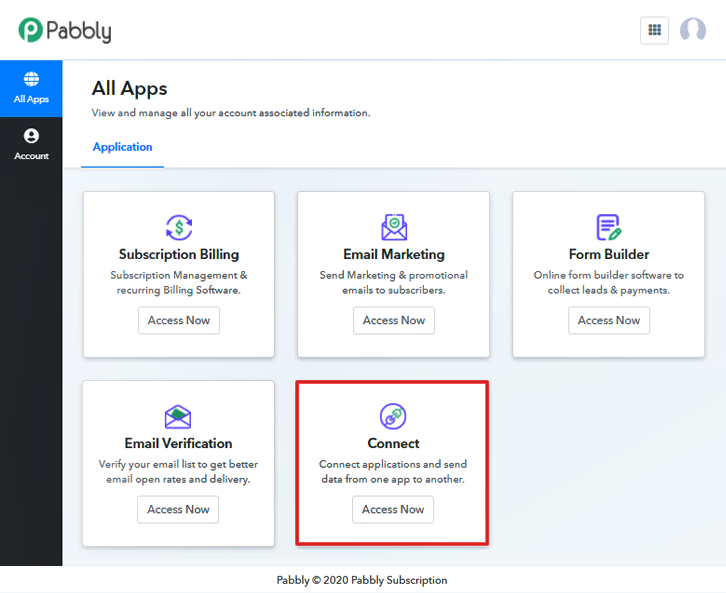
Step 3: Workflow for Gravity Forms to ClickUp Integration
(a) Start with a New Workflow
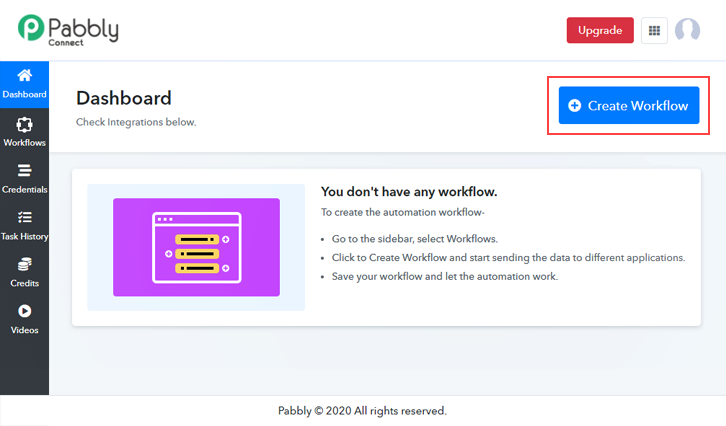
(b) Name the Workflow
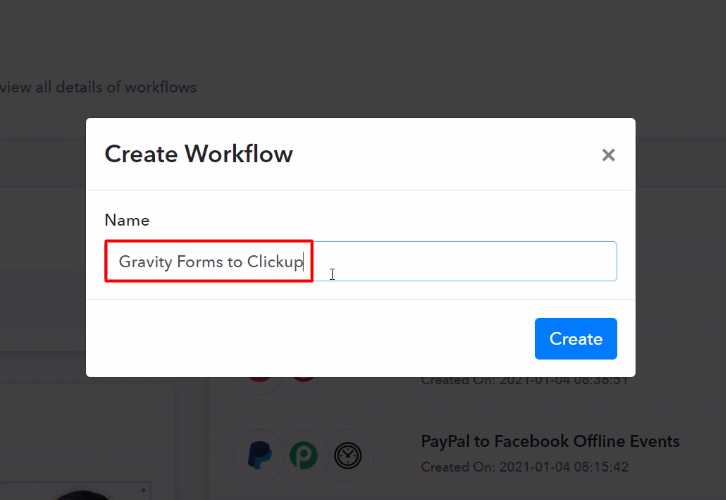
Step 4: Setting Trigger for Gravity Forms to ClickUp Integration
(a) Select Application you Want to Integrate
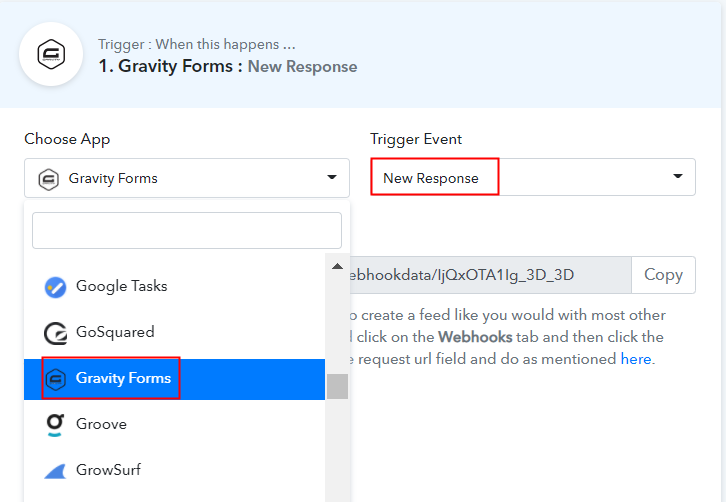
(b) Copy the Webhook URL
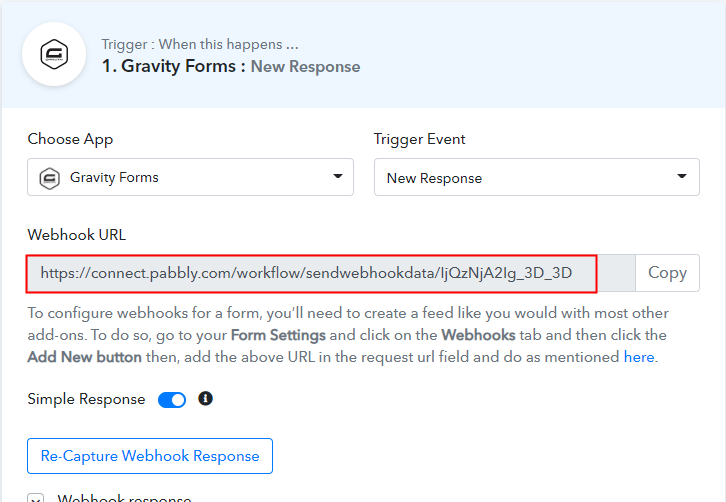
Step 5: Connecting Gravity Forms to Pabbly Connect
(a) Go to Gravity Forms Settings
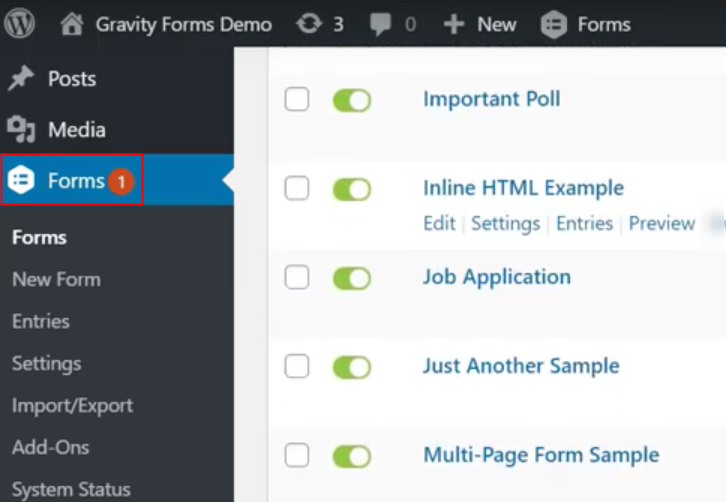
(b) Select Form
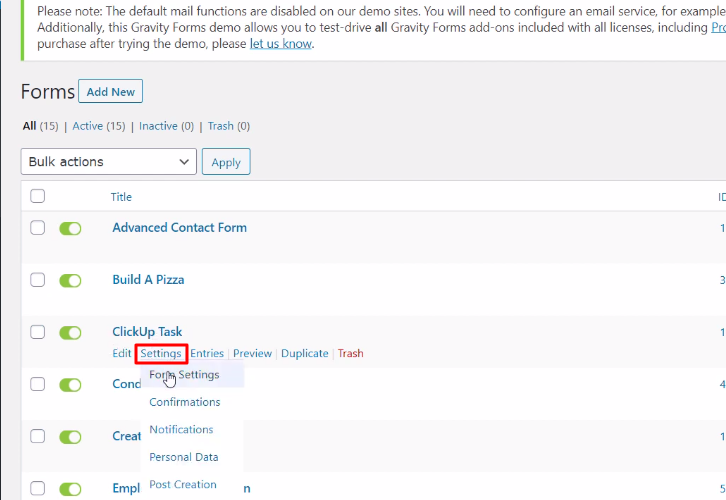
(c) Click on Webhooks Option
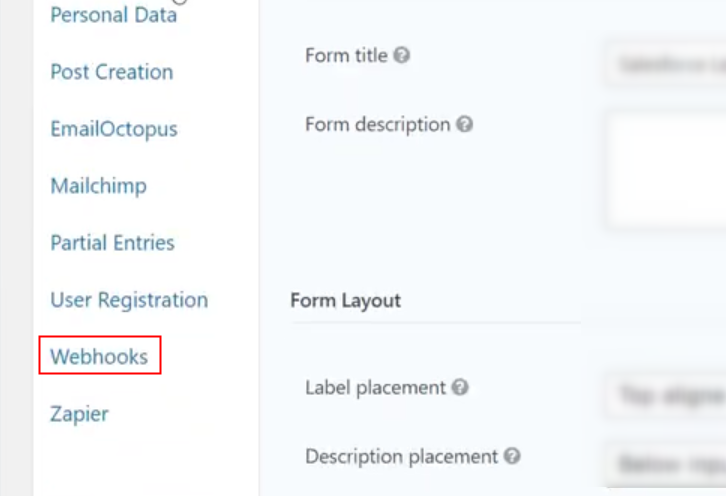
(d) Head to Add New Option
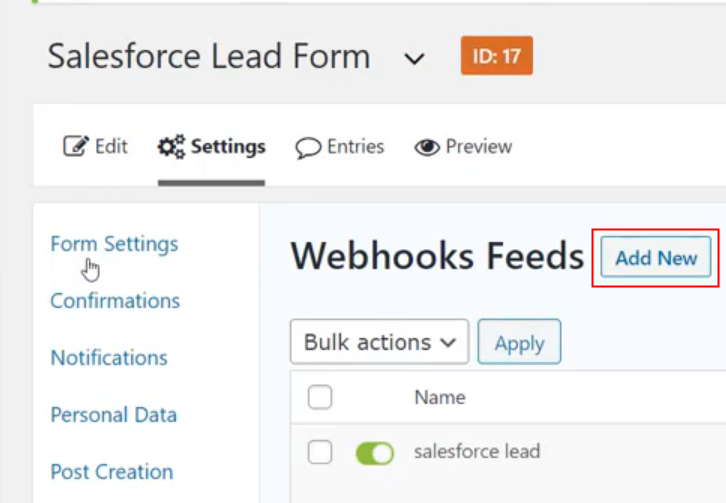
(e) Paste the Webhook URL
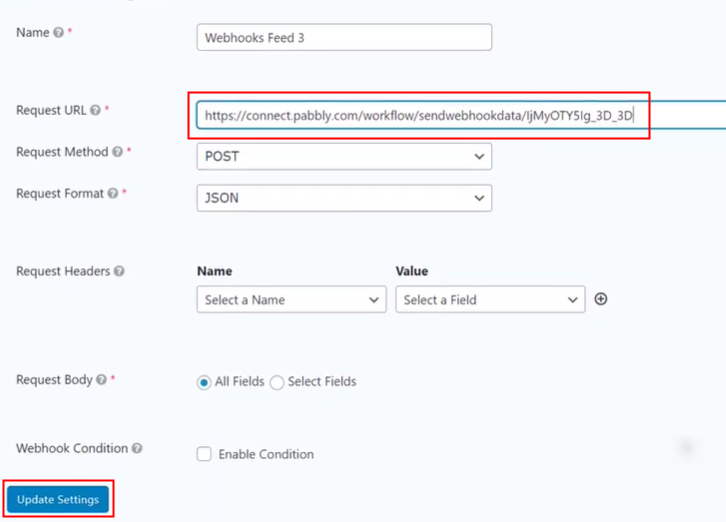
Step 6: Make a Dummy Entry
(a) Capture Webhook Response
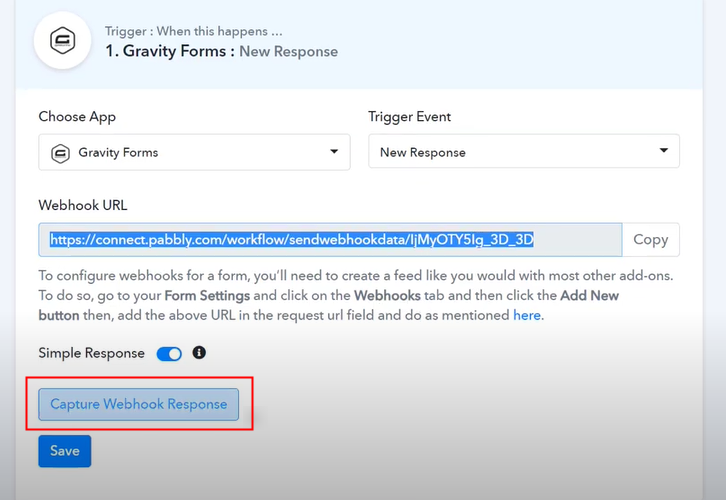
(b) Add All the Details
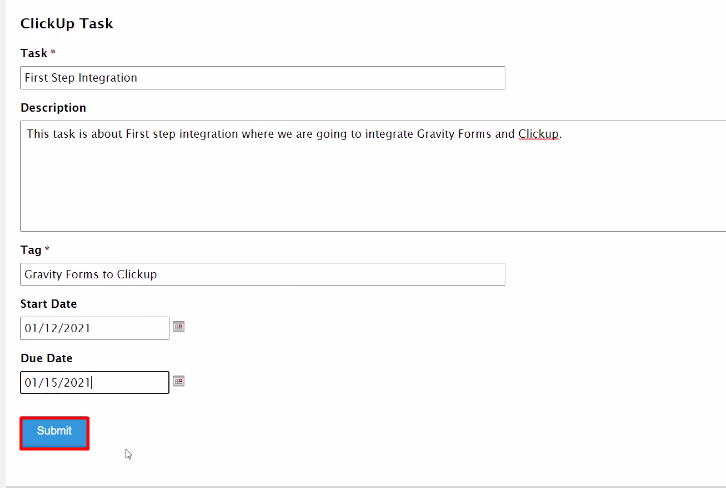
Step 7: Test the Response in Pabbly Connect Dashboard
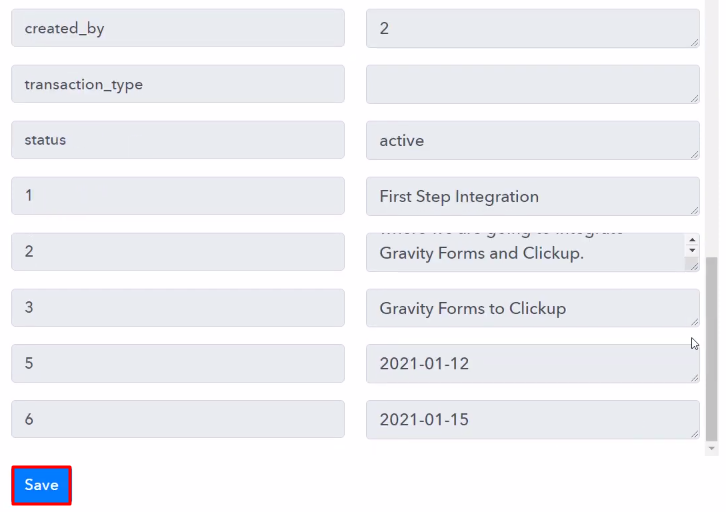
Step 8: Setting Actions for Gravity Forms to ClickUp Integration
(a) Select Application you Want to Integrate
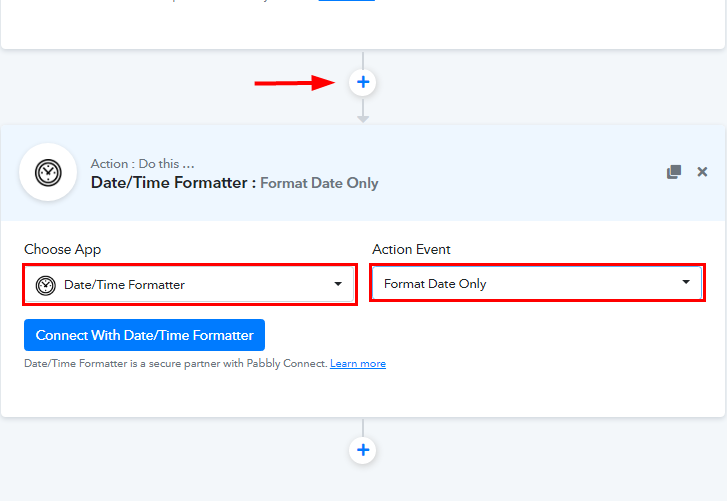
(b) Click the Connect Button
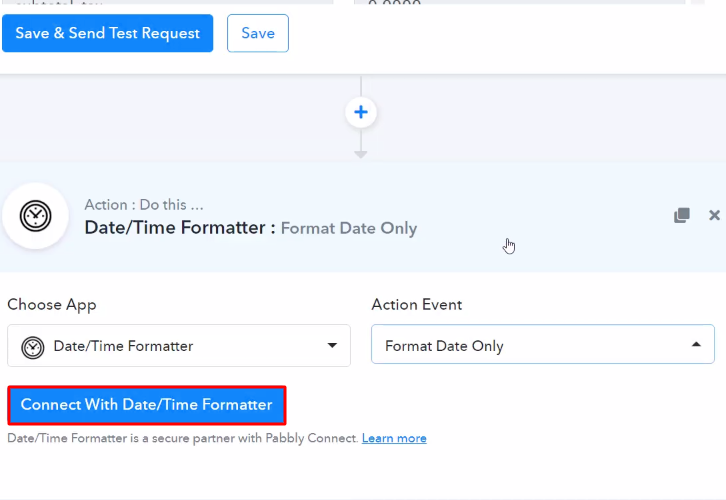
(c) Map the Fields
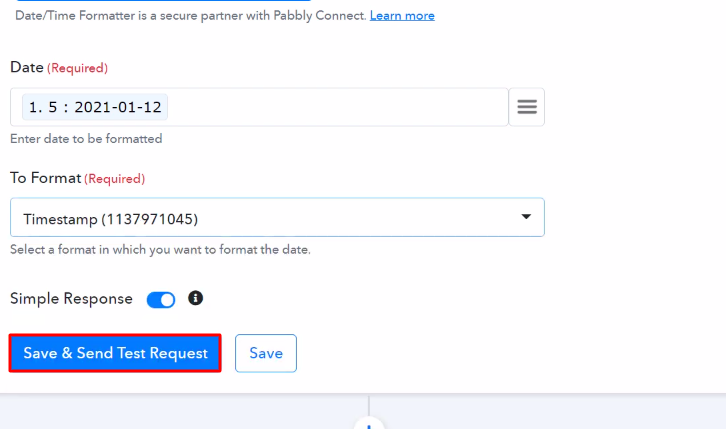
(d) Save the API Response
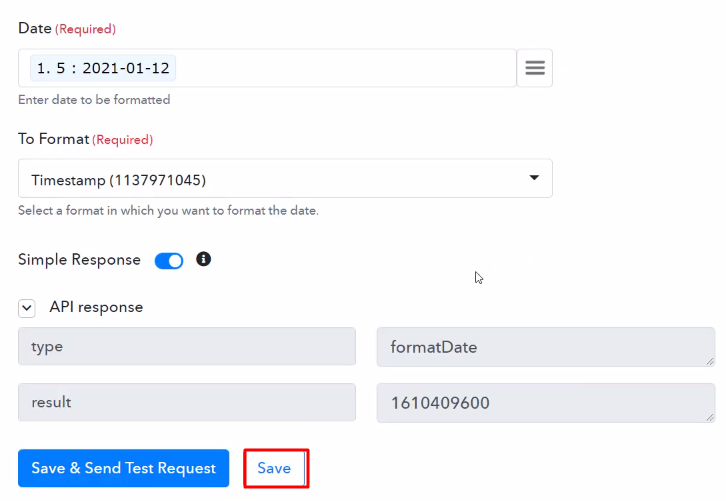
(e) Select Number Formatter
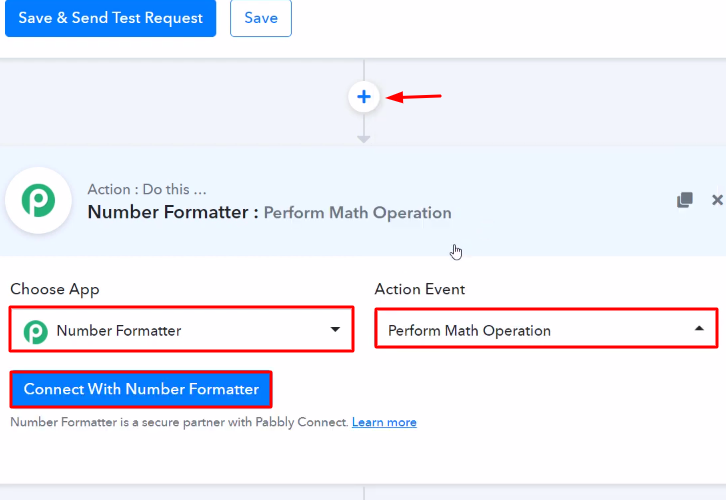
(f) Map the Fields
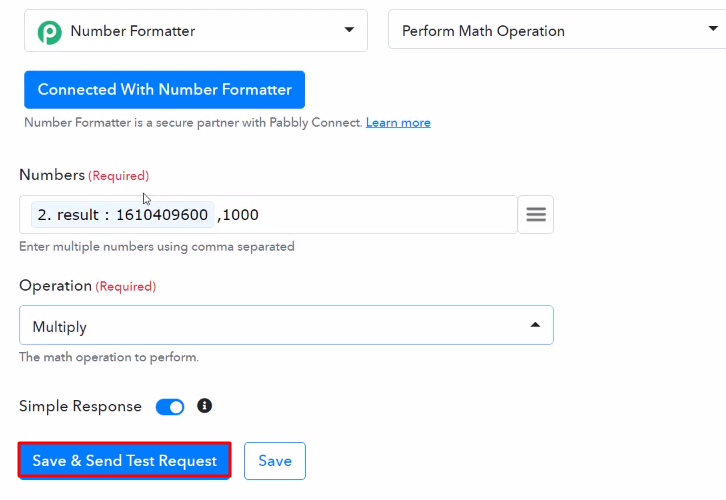
(g) Save the API Response
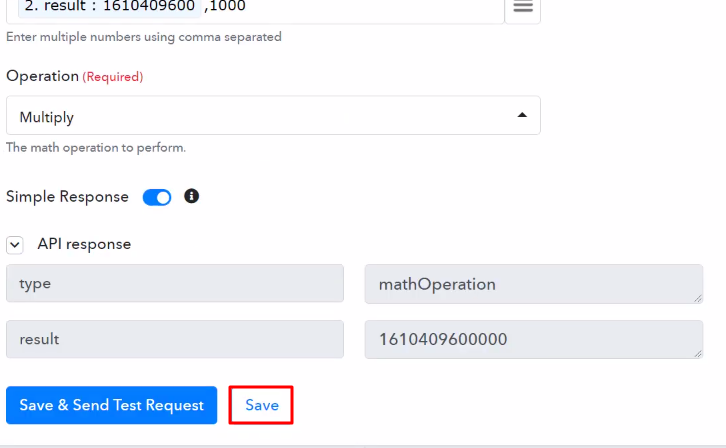
(h) Select Application you Want to Integrate
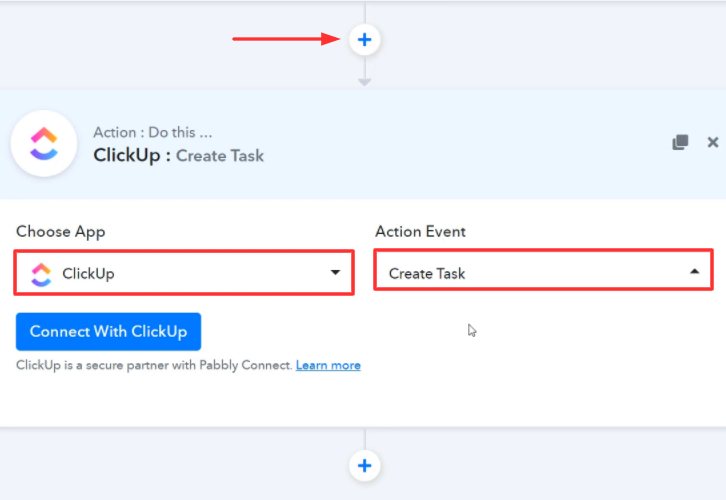
(i) Click the Connect Button
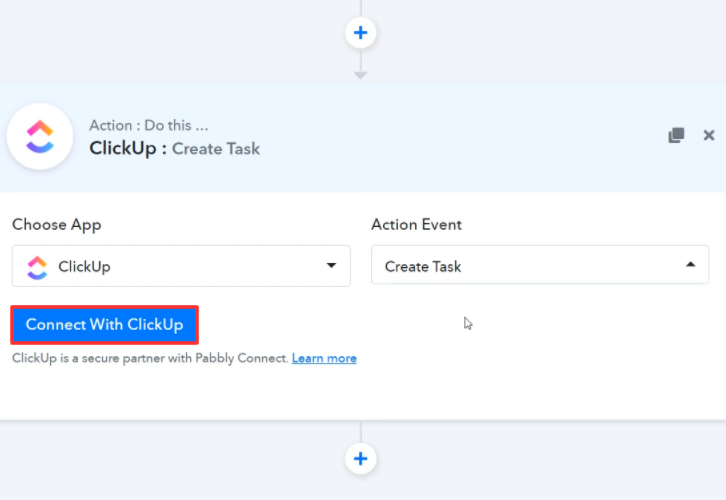
Step 9: Connecting ClickUp to Pabbly Connect
(a) Head to ClickUp Profile
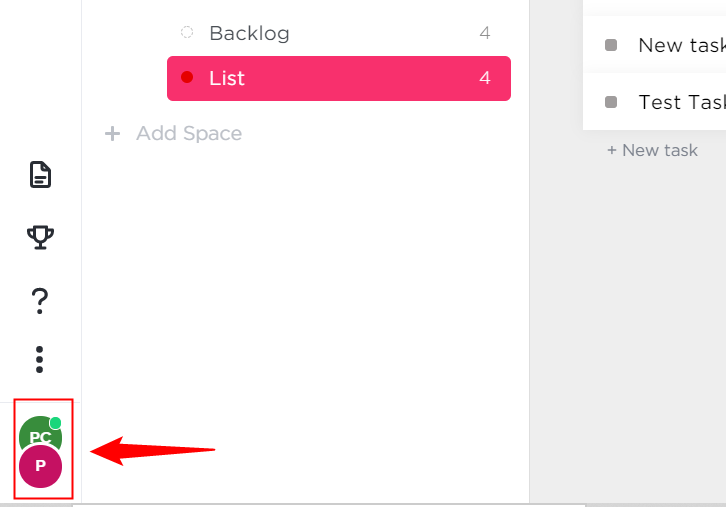
(b) Click on Apps Option
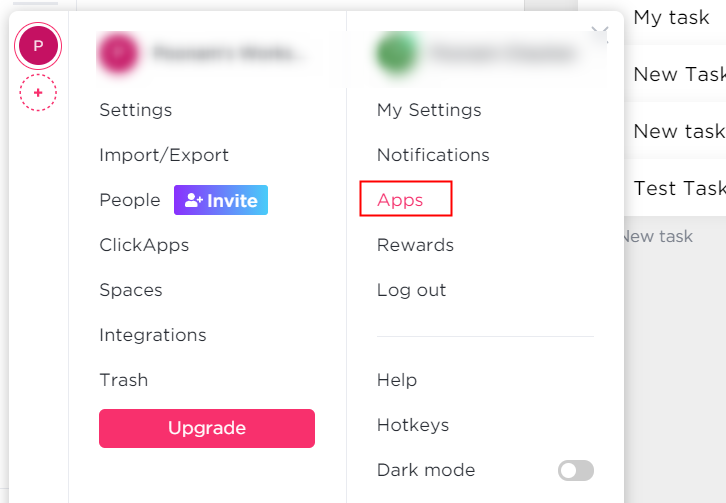
(c) Copy the API Token
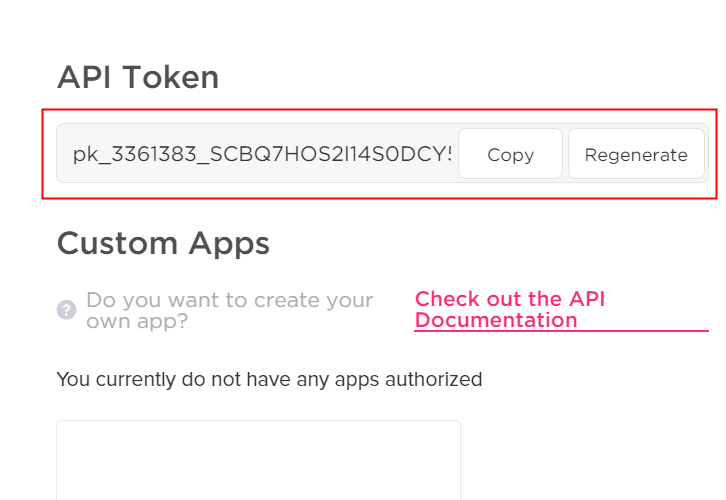
(d) Paste the API Key
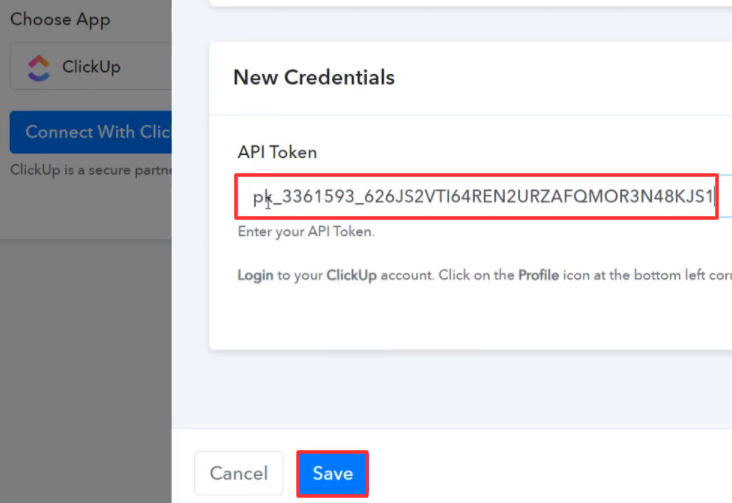
(e) Map the Fields
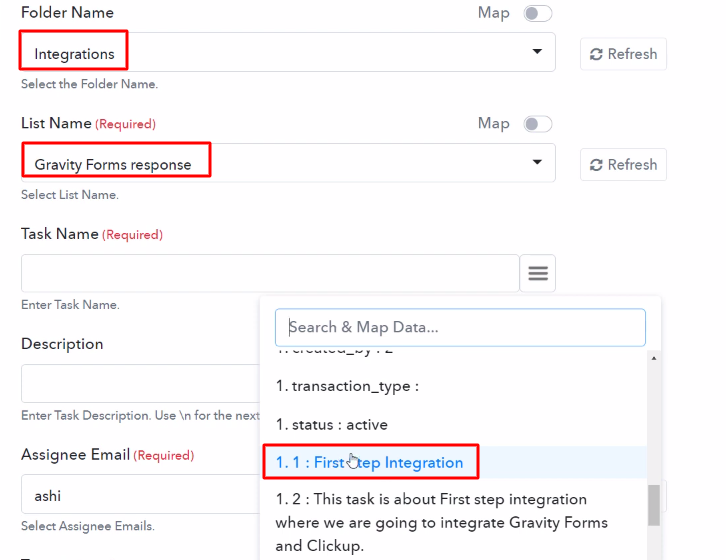
(f) Send a Test Request
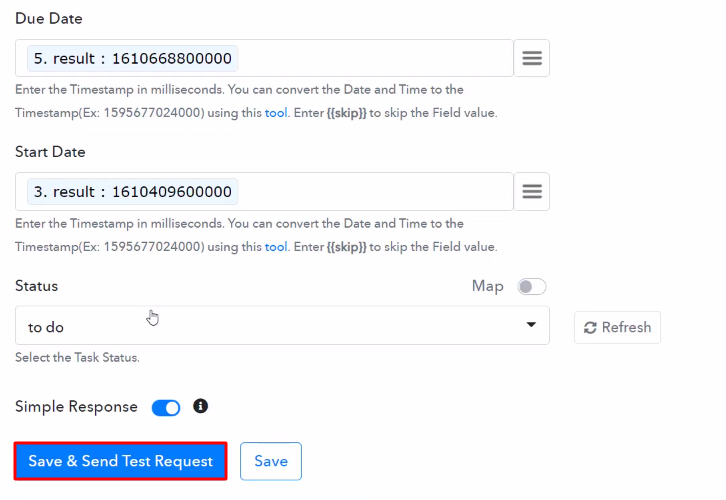
Step 10: Check Response in ClickUp Dashboard
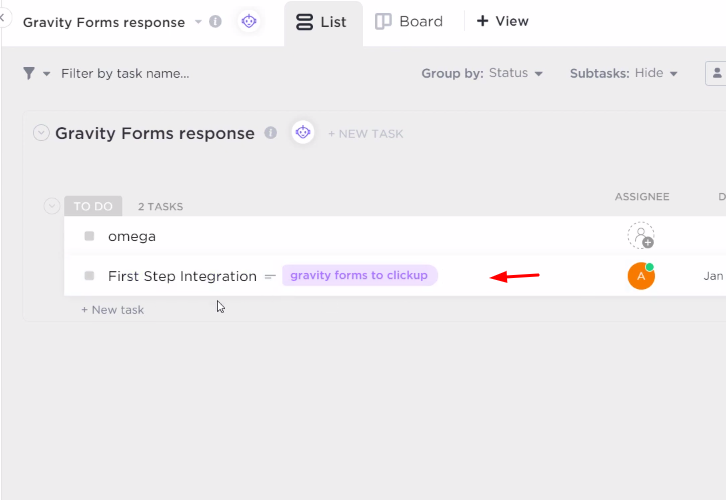
Conclusion –
You May Also Like to Read –

